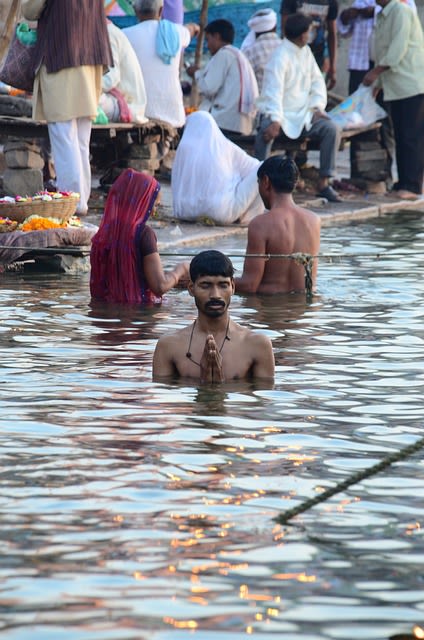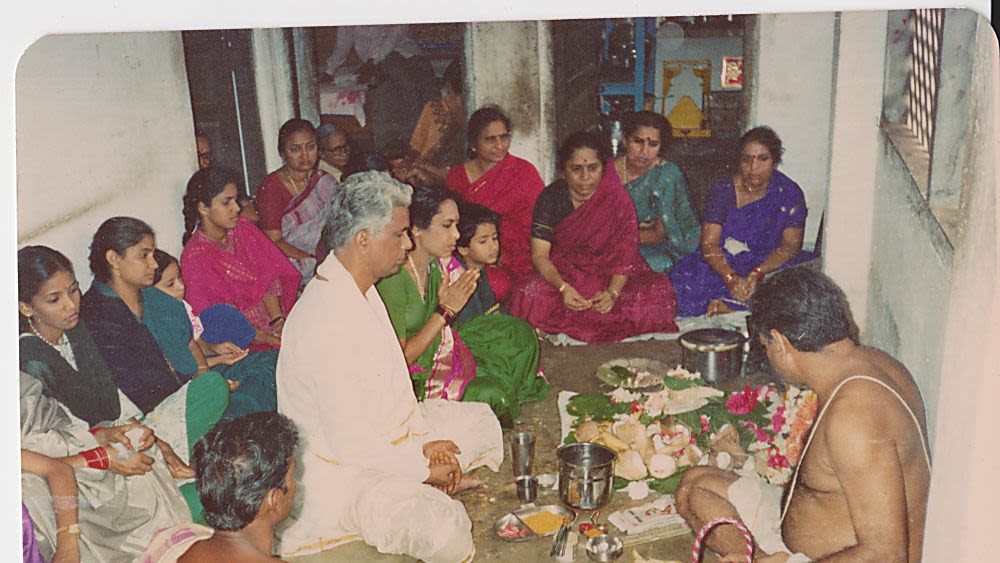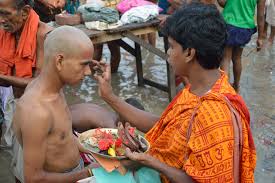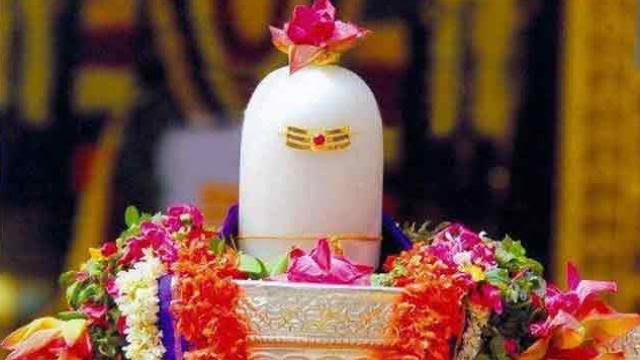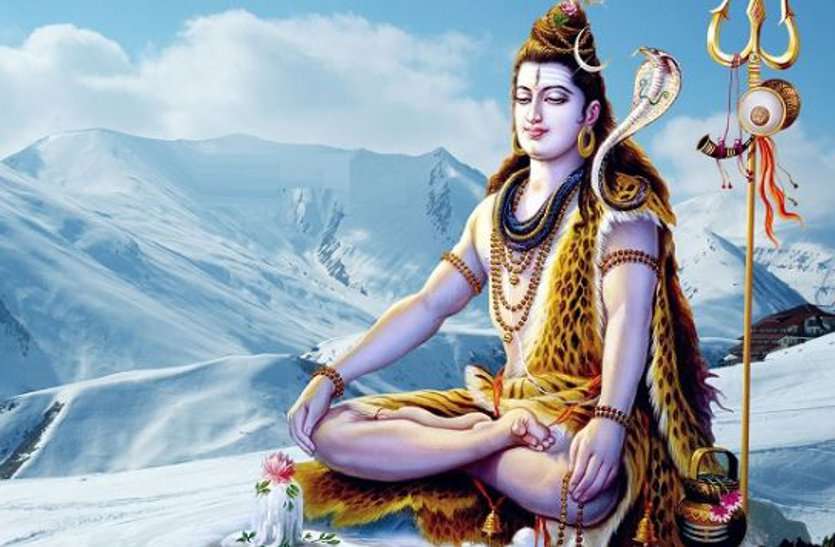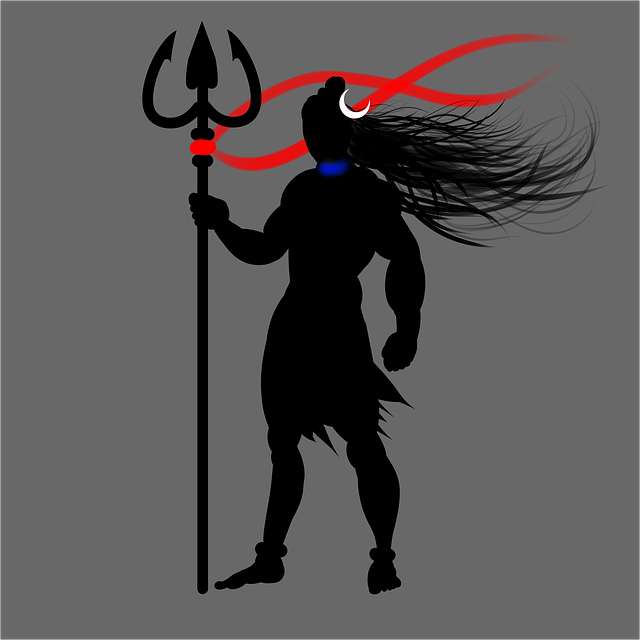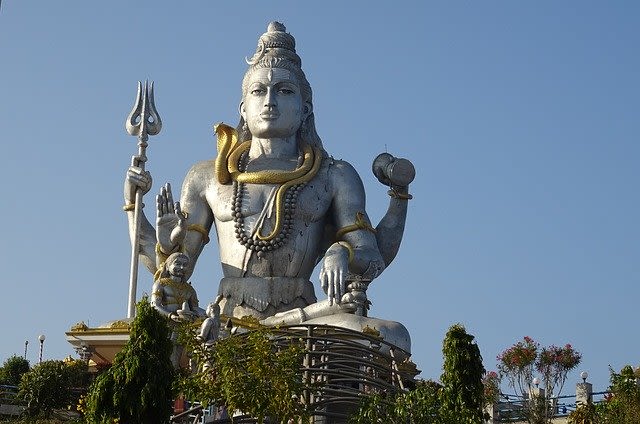Here are the stories that tell us about how Shradh puja came into existence
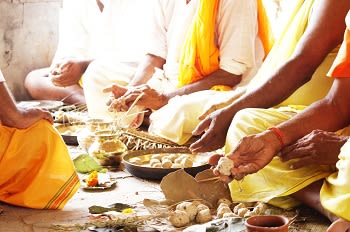
Shradh is an important ritual as per the Hindu tradition. It is the ritual carried out to gratify one's ancestors. Shradh puja is an act of paying tribute, respect, and devotion towards ancestors. It is performed in the Pitru Paksha which is a 15-day long period. In 2019, Shradh begins on 13th September and ends on 28th September . Food is offered in the Shradh rituals.
Importance of offering food to the departed souls
According to the Hindu scripture Garuda Purana, 13 days after the death of an individual, their soul sets off its journey to Yamalok or Yamapuri. It takes a total of 17 days to reach there. The soul then takes 11 months to travel through Yamapuri. Finally, in the 12th month, the soul reaches the court of Yamraj. But, during the 11 months journey, the soul doesn’t get any food or water. Hence, Pind Daan and Tarpan are performed to fulfill the hunger and thirst of the departed soul.
The eldest son of the family should perform these rituals and is very important to be done in the first year of the death of the ancestor or family member.
Why perform Shradh at Gaya?
This holy place got its name from a demon called Gayasur. As per the Vayu Purana, it is mentioned that Gayasur’s body was pious and ‘pavitra’ after he performing a severe penance. He was offered a boon by Lord Vishnu. But after receiving the boon he got disappeared. When Lord Vishnu came to know about this he asked Lord Brahma and other Devatas to offer a sacrifice.
However, they needed a sanctimonious body to carry on the ritual so Vishnu suggested they ask Gayasura. Gayasura agreed to sacrifice himself and as soon as he did so, his head fell off his body. Lord Brahma then carried on the sacrifice on Gayasura’s headless body. But the headless body started to shake while the sacrificial ritual was being carried on. Hence, the devatas decided to place a stone on the body. This stone was the body of Dharmavrata who was cursed by her husband sage Marichi for disrespecting him.
Sage Marichi’s curse turned Dharmavrata into a stone. To get out of this suffering, she performed a severe penance for years. Lord Vishnu was contented by her meditation and granted her a boon. It is believed that Lord Vishnu was very much touched by Gayasur’s sacrifice and offered him a reward.
Gayasur asked Lord Vishnu that where he died or where his body lay as a stone, there should be a footprint imprint of Lord Vishnu. Gayasur also asked for Lord Vishnu, Lord Shiva, and Lord Brahma to stand on his body until eternity. Therefore, by offerings pinda on Gayasur’s body, it would free all of their pain, obstacles, and sins.
A story from the Ramayana
Once, Lord Rama and Maa Sita visited Gaya to perform Shradh and Pind Daan during Pitra Paksha. Maa Sita waited by the banks of Phalgu River while Lord Rama made arrangements for the ceremony. Maa Sita played with sand as she waited for her husband. But it was during this time that late King Dasharath’s hands appeared asking her for Pind Daan as the mahurat for Shradh would be over soon.
Maa Sita immediately offered the sand balls as she didn’t have anything else, by accepting which King Dasharath received Moksha. When Lord Rama returned, Maa Sita told him what had happened. But he didn’t believe in her words and accused his wife of lying. She knew he wouldn’t believe her hence, she asks Tulsi, the river Phalgu, a cow, a Brahmin and the Akshyavat or banyan tree to be witnesses.
But, the Phalgu River denied the incident as it wanted to get more importance from Lord Rama. Angry Maa Sita cursed it and hence, it became an underground river. Many call it as the Gupt Ganga. Similarly, the Tulsi also deprived of the fact thinking she would get more importance. The Tulsi was cursed by Sita that she would never be placed inside anyone’s home and therefore, Tulsi plants are always placed outside the home.
The Cow too denied Maa Sita’s story and was also cursed by Sita that the mouth of the cow be inauspicious and only the back portion of the cow would be auspicious. Therefore, cow dung is considered sacred and people touch the cow’s hind legs in admiration.
Further, the Brahmin also deprived of the fact and was cursed that Brahmins will always remain greedy and unsatisfied.
But, the Akshaya Vat (banyan tree) spoke the truth and therefore, it was bestowed with a blessing that it would always flourish and remain evergreen.
A story from the Mahabharata
Karna was known to be a very gracious king. During his lifetime, Karna generously donated all kinds of gold and silver but not food. Thus, after his death, when he went to the higher regions, he received a lot of treasures in the form of gold and silver but no food. The worried Karna prayed to Lord Yama, the God of death and with his grace, he returned to the earth during this Paksha or fortnight. He donated plenty of food to the needy on all fifteen days. On the last day, he went back to the Pitru Lok with a lot of contentment and fulfillment.
